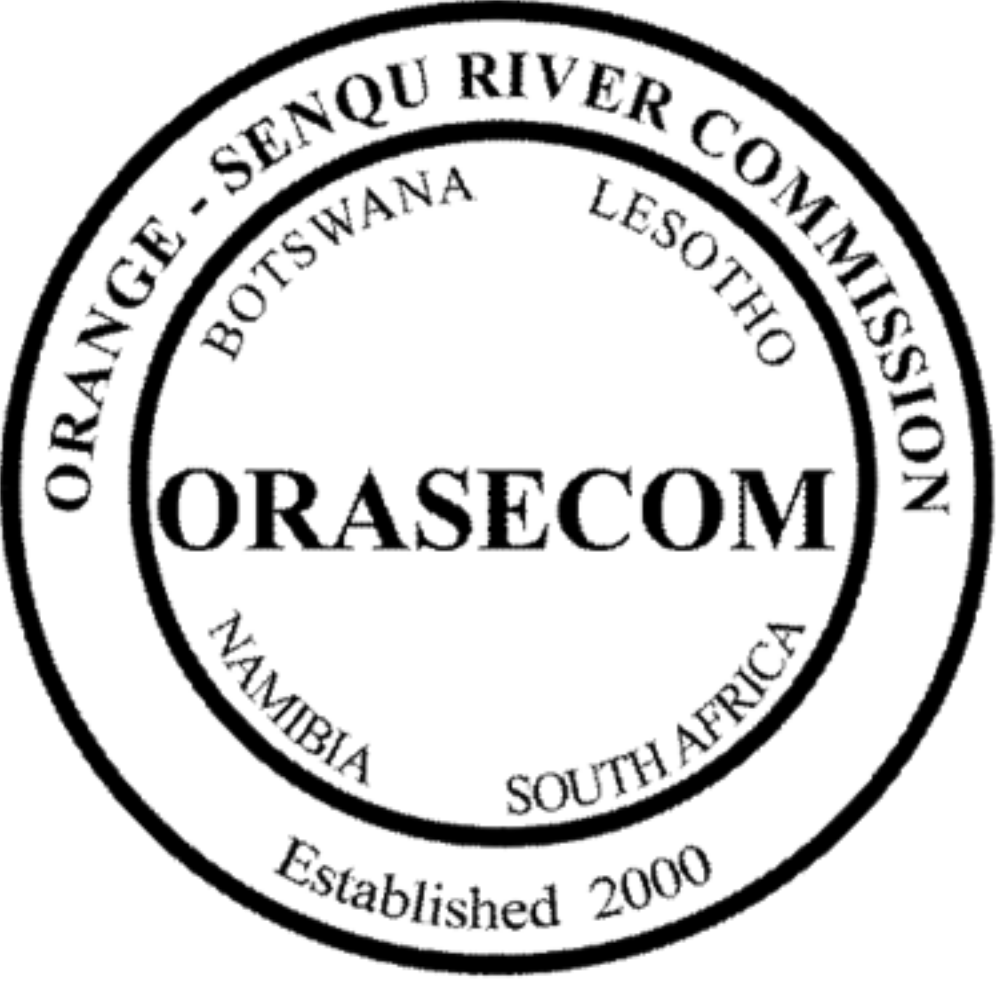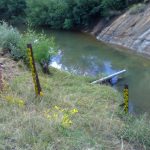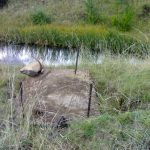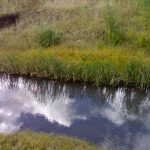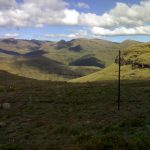Phase 2 of an IWRM Plan Development Project came to an end
Phase 2 of a Project aimed at the development of an IWRM Plan for the Orange-Senqu River Basin officially came to an end in April 2011. Under Phase 2, a detailed research on knowledge gaps identified during Phase 1 were undertaken with the support of GIZ (BMZ/UKAID/AusAID). The Project comprised of six work packages, all of which provided some basis for the development of a Basin Wide IWRM Plan. This included work packages central to the further development of the basin water availability models, including the updating and expansion of the Water Resources Yield Model (WRYM) to cover the whole basin, and enhancing the model output through a more complete hydrology. Other work packages provided better and more complete water quality information, determined possible climate change impacts and adaptation options, as well as the determination of environmental flow requirements at key points. Scenarios for improved water demand management in the key irrigation sector were also investigated. For more information see newsletter number 4 Phase 2 of a Project aimed at the development of an IWRM Plan for the Orange-Senqu River Basin officially came to an end in April 2011. Under Phase 2, a detailed research on knowledge gaps identified during Phase 1 were undertaken with the support of GIZ (BMZ/UKAID/AusAID). The Project comprised of six work packages, all of which provided some basis for the development of a Basin Wide IWRM Plan. This included work packages central to the further development of the basin water availability models, including the updating and expansion of the Water Resources Yield Model (WRYM) to cover the whole basin, and enhancing the model output through a more complete hydrology. Other work packages provided better and more complete water quality information, determined possible climate change impacts and adaptation options, as well as the determination of environmental flow requirements at key points. Scenarios for improved water demand management in the key irrigation sector were also investigated.
For more information see newsletter number 4.
